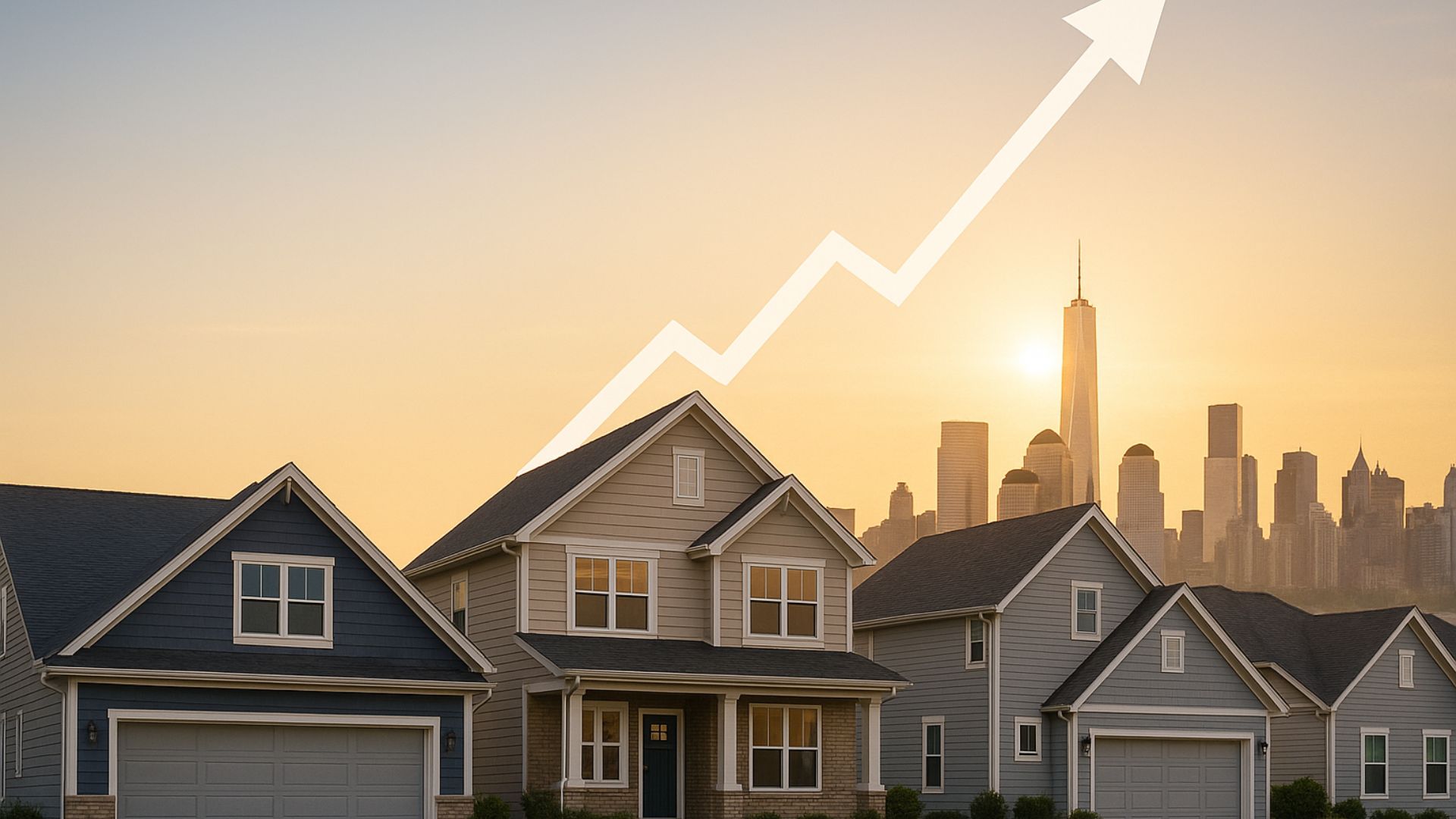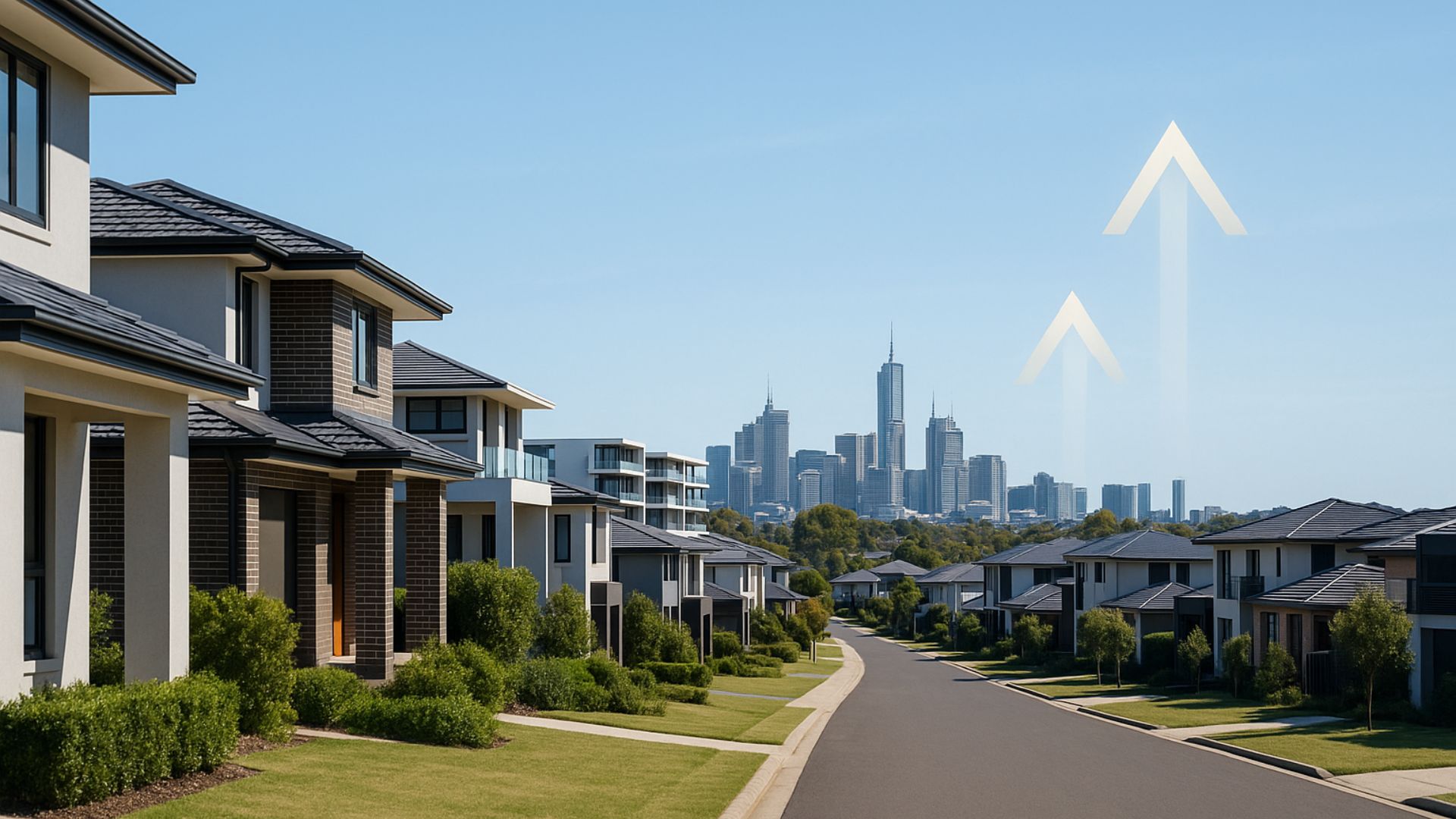A Common Goal.
Investing in property has long been one of Australia’s most proven and powerful ways to build wealth. While there are many strategies investors can use to grow their portfolio—such as adding value through renovations, subdividing, or developing—capital growth is often the key driver behind long-term wealth creation.
One of the most common goals among property investors is to double the value of a property within 10 years.
This goal might sound ambitious, but the numbers from history show that it’s certainly achievable in many markets across Australia, But – it only works if you know how to “read the market” by understanding the numbers and what they are telling you, the market cycles, and the power of compound growth.
Understanding Property Growth and Compounding
At its core, property investment success relies on capital growth—which is the increase in a property’s value over time. When a property grows in value, the equity (the difference between what the property is worth and what is owed on it) increases, which allows investors to leverage that equity to purchase more properties and build their portfolio faster, achieving their lifestyle goals and living the life they dreamed.
The minimum average annual growth rate over a 10 year period is calculated to be approximately 7.2% in order to double in value in a decade.
This rate is not unrealistic—many suburbs across Australia have achieved (and exceeded) this over long periods, particularly in high-demand, supply-constrained areas close to employment hubs, transport, schools, and lifestyle amenities.
We talk about the average annual growth over the period, which is compounded on the property’s value rather than the actual annual growth rates, because it is important to understand that capital growth doesn’t happen in a straight line. Property markets move in cycles, influenced by interest rates, supply and demand, population growth, infrastructure, and economic conditions. But over the long term, well-located properties tend to rise in value because land is finite and demand for housing continues to grow with Australia’s expanding population.
To understand how to double your money, it’s crucial to grasp compound growth—the process by which the growth each year builds on the growth from previous years. This means your returns grow exponentially rather than linearly.
How Compound Growth Works in Property
Compound growth is like compound interest in a savings account. Instead of earning interest on your initial deposit only, you also earn interest on the interest you’ve already earned. In property, the same principle applies: the growth each year applies to the entire property value, not just the original purchase price.
For example:
- If you buy a property for $800,000 and it grows by 7.2% per year, in the first year it increases by $57,600.
- The next year, that 7.2% applies to the new, higher value ($857,600), and so on.
Over 10 years, this compounding effect results in the property being worth around $1.6 million—effectively doubling your money.
What Growth Rate Is Needed to Double in 10 Years?
There’s a simple rule that investors use to estimate how long it takes for an investment to double: the Rule of 72.
The formula is:
72÷Annual Growth Rate=Years to Double72 ÷ Annual\ Growth\ Rate = Years\ to\ Double72÷Annual Growth Rate=Years to Double
So, a property needs an average annual growth rate of approximately 7.2% to double in value in a decade.
This rate is not unrealistic—many suburbs across Australia have achieved (and exceeded) this over long periods, particularly in high-demand, supply-constrained areas close to employment hubs, transport, schools, and lifestyle amenities.
Visualising the Power of Compound Growth
Below is an example of what this looks like in practice.
If you purchase a property today for $800,000 and it grows by 7.2% per year, its value will approximately double in 10 years.
|
Year |
Property Value ($) |
|
0 |
800,000 |
|
1 |
857,600 |
|
2 |
918,283 |
|
3 |
982,197 |
|
4 |
1,049,506 |
|
5 |
1,120,380 |
|
6 |
1,195,000 |
|
7 |
1,273,556 |
|
8 |
1,356,250 |
|
9 |
1,443,291 |
|
10 |
1,534,905 |
As you can see, the growth accelerates over time thanks to compounding. The property doesn’t just add $57,600 each year—it adds progressively more because the growth rate applies to an ever-larger value base.
Australian Locations That Have Doubled in 10 Years
When looking at the real-world examples of suburbs and regional areas across Australia that have achieved average annual growth rates sufficient, this is certainly an achievable goal and proves that doubling your money through property is possible across different market types—capital cities, lifestyle regions, and strong regional economies alike.
(Data is based on CoreLogic and REA median house price growth trends between 2014–2024.)
|
State/Territory |
Example Location |
10-Year Growth Rate (Approx.) |
Comments |
|
NSW |
Leppington (Sydney’s South-West) |
~8% p.a. |
Driven by new infrastructure, Sydney Metro extension, and strong population growth. |
|
VIC |
Geelong |
~7.5% p.a. |
Regional boom, improved transport links, and affordability compared to Melbourne. |
|
QLD |
Sunshine Coast |
~7.8% p.a. |
Lifestyle migration and limited new land supply drove rapid value increases. |
|
WA |
Bunbury |
~7.3% p.a. |
Benefited from Perth’s growth ripple effect and local infrastructure upgrades. |
|
SA |
Mount Barker |
~7.4% p.a. |
Rapid regional development and affordability compared to Adelaide metro. |
|
TAS |
Hobart |
~9% p.a. |
Strong population inflows and tight supply made it one of Australia’s best performers. |
|
ACT |
Belconnen |
~7.5% p.a. |
Government employment stability and urban renewal projects supported steady growth. |
|
NT |
Darwin City |
~7.1% p.a. (after downturn recovery) |
Growth returned in recent years after cyclical lows earlier in the decade. |
Capital Growth Is Not a Straight Line
While the target average annual growth rate might be 7.2%, this doesn’t mean the market increases by exactly 7.2% every year. Property values move in cycles—periods of rapid growth, followed by slowdowns or even temporary declines.
For example, one suburb may experience:
- +15% growth in one year during a boom,
- followed by flat growth or even -5% during a market correction,
- but across a 10-year period, the average annual growth still works out to around 7%.
The key takeaway for investors is not to panic during downturns or become overconfident during booms. Time in the market is far more important than timing the market. The longer you hold a quality property in a growth area, the more you smooth out these short-term fluctuations and benefit from compounding.
Successful property investors understand that wealth is built over time, not overnight. Holding property for 10 years—or preferably longer—allows the magic of compounding to do its work and reduces the impact of short-term market volatility.
When you hold a property long-term, you also benefit from:
- Rental income growth: Rents typically rise over time, improving cash flow.
- Debt reduction: Mortgage repayments (especially principal and interest loans) reduce the debt, increasing equity.
- Tax benefits: Depreciation, negative gearing, and capital gains tax discounts (for properties held over 12 months) can all enhance returns.
- Equity leverage: The increased equity can be used to purchase additional properties, accelerating portfolio growth.
Even if the property market experiences temporary downturns, history shows that long-term investors who stay the course, choose quality assets, and avoid emotional decision-making typically outperform those who try to “trade” the market.
Understanding the Long Game
Doubling your money in property within 10 years is not a get-rich-quick scheme—it’s the result of strategic buying, patience, and the power of compounding growth. By targeting high-demand areas with strong fundamentals—like good infrastructure, employment opportunities, lifestyle appeal, and population growth—investors can position themselves for long-term success.
****
Thank you for reading our blog on Australia’s Post-Election Property Market. Make sure you head over to our YouTube channel by clicking here to discover more educational insights to level up your property investing including our latest video: Australian Property Market 2025 Forecast.
Disclaimer:
Aus Property Professionals Pty Ltd retains the copyright in relation to all the information contained on its website and in this guide. This guide, and any content provided in addition, or linked to resources, is general information only and not investment advice. As everyone’s individual situation is different, we advise individuals to always seek advice from relevant professionals such as legal, financial, accounting, and investing experts.
The intention of this guide is to be used for general information purposes only, in addition to your personal research and due diligence. We do not take any responsibility for any actions taken as a result of this guide as any actions should always be taken with consultation with relevant professionals who take individual circumstances to account.
Past performance doesn’t guarantee future results.
We have compiled the information contained in this guide from online resources, our research, and consultations, and we cannot guarantee the complete accuracy of this information, and we will always reference the resources where the data and information was derived.





